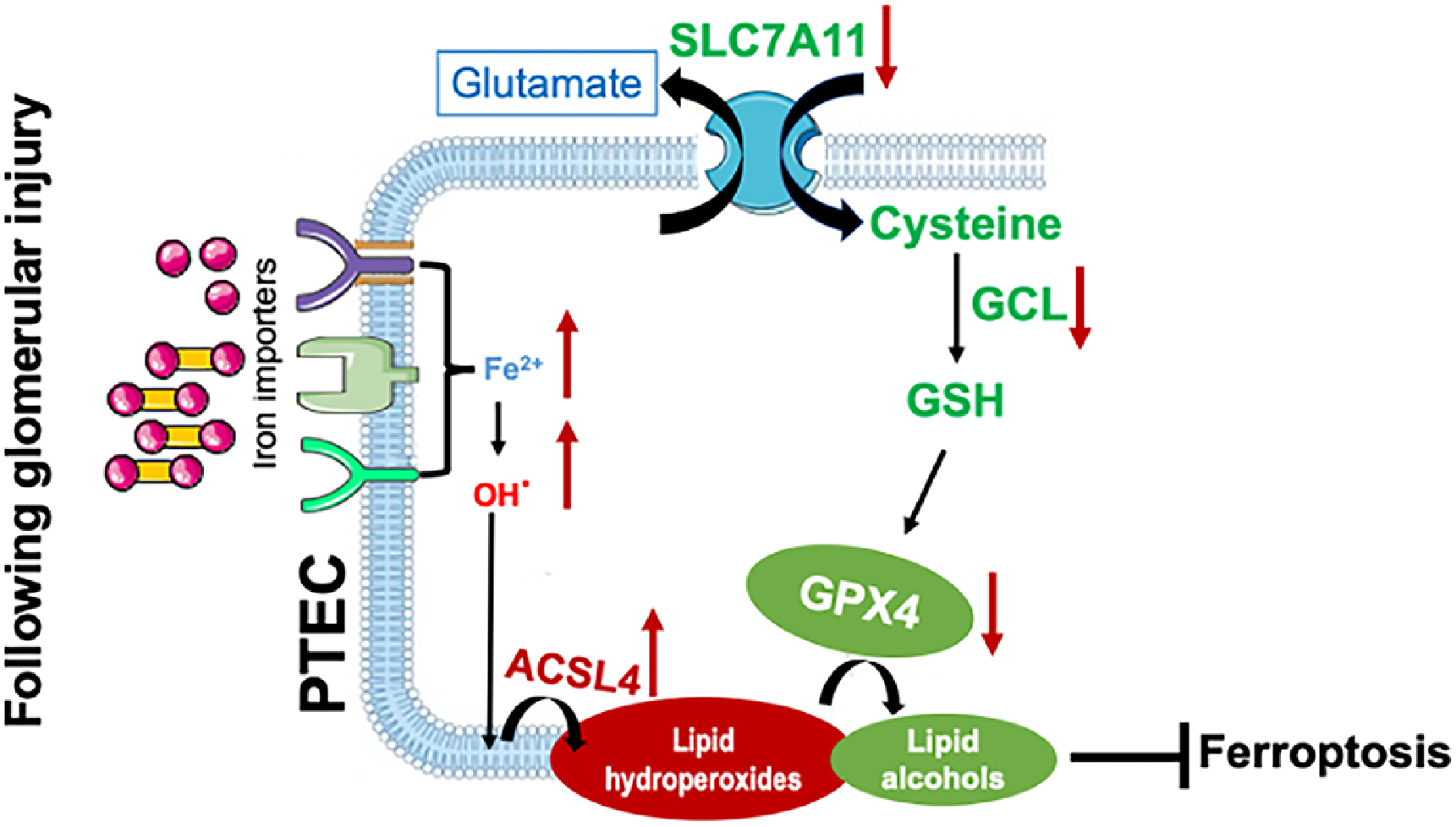Figure 10. Proposed model of PTEC ferroptosis in lupus nephritis.

In normal physiological conditions little transferrin bound iron (TBI, red-yellow dumbbells) and non-transferrin bound iron (NTBI, red circles) is filtered by the glomerular assembly. This is reabsorbed and cycled by the proximal tubular cells (PTEC). However, in lupus nephritis, glomerular injury results in an increased leakage of TBI and NTBI, which can be reabsorbed by the PTEC via multiple receptors like TfR1, ZIP8/14 and megalin cubulin endocytic complex [34]. While TfR1 is regulated by the IRP-IRE system and can be downregulated by excess intracellular iron, ZIP8/14 and MCEC are not and continue to absorb the leaking TBI and NTBI to iron overload the PTEC [34]. This catalyzes the formation of free radicles and renders cells susceptible to ferroptosis. ACSL4 shapes the cellular lipid composition, which in presence of excess free radicles leads to the formation of toxic lipid hydroperoxides [43]. Attenuated expression of SLC7A11, impaired glutathione synthesis and the associated reduction in GPX4 hinder the conversion of toxic lipid hydroperoxides to nontoxic lipid alcohols and promote ferroptosis in lupus nephritis.
